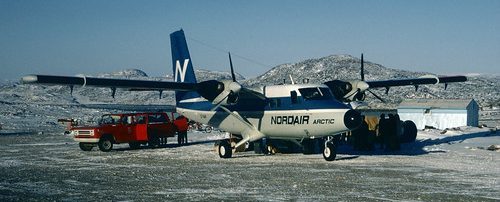Long Ago by Sam Longo


The first motorcycle that I ever crashed was a red 1971 Yamaha XS650. Accelerating out of a corner, I hit a patch of sand and low-sided my friend John’s bike. I wasn’t traveling very fast and the parking lot was empty so both bike and rider emerged relatively unscathed. Needless to say, John was not amused. That was back in 1975, and like a lover scorned, I’ve always had a soft spot for Yamaha’s big four-stroke parallel twin.
In the sixties, Yamaha was best known for their blindingly quick, well made, two-strokes but a special project began in 1967 that would forever change the course of their motorcycle building future. A small group of engineers borrowed two cylinders from a Toyota car engine and utilizing the computer in the musical instrument division, designed an appropriate crank and camshaft. Once their cobbled-together experimental engine was complete, they stuffed it into a YR-1 350 frame, and the concept was complete. Five prototypes later, the 653cc XS-1 debuted at the 1969 Tokyo Motor Show. Designed to look and sound like a Triumph or BSA, it has often been described as the best British twin the Japanese ever made!
However, being considerably heavier than a 650 Triumph, at 430 lbs (wet), it never quite matched the Bonneville’s handling or acceleration. What it did have to counter those shortfalls was a well-engineered oil-tight engine, coupled with car-like electrical reliability and a slick shifting five-speed transmission. The 360 degree, unit construction, overhead cam engine had horizontally split crankcases, utilizing roller bearings for both the crankshaft and cam. Fuel was metered via 2 Mikuni 38mm CV carbs, with the early higher compression motors cranking out a respectable 53hp at 7000 RPM.
Launched at the dawn of the Japanese inline four assault, looking back, it is hard to believe that the XS650 managed such a lengthy production run. Having been produced from 1970 until 1985, over a quarter of a million of these robust twins rolled off the assembly line. Triumph and BSA may have won the early races, but Yamaha clearly won the war. Often highly modified for dirt track racing and sidecar use the engines remained bulletproof and frequently hauled many racers (including a young Kenny Roberts) into the winner’s circle.
As sales for the twin softened in the late seventies, new life was given to the XS650 line by introducing the 1978 SE model. Instrumental in launching the “Factory Custom Cruiser” craze, Yamaha reinvented the wheel, tarting up the old design with fat mag wheels, stepped seats and pull back bars, soldiering on to yet another successful sales story.
For 1979 Yamaha added electronic ignition and began to further detune the design by lowering compression and changing to smaller 34mm Mikuni’s. Eventually switching to 34mm Hitachi carbs in 1981 until the end of production came in 1985.
Riding the early XS650 is very much like riding a British twin of the same era. Straddle the bike and rev the engine with your eyes closed and you could be on anything from a Norton to an AJS. Click it into gear, let the clutch out and the grunt is immediately apparent. Torque is what these engines are all about. The Yamaha’s vibration can get excessive at higher revs, but fortunately there is no real need to redline the engine. Just roll on the throttle in any gear at any reasonable speed and it pulls with a satisfying melodic consistency. The ideal scenario for these bikes is cruising secondary two-lane highways, rolling along at 90 to 100K in fifth gear. The revs are low and the engine is smooth, with quick passes a mere throttle twist away.
The bikes handling is quite adequate provided your due diligence maintenance includes, tapered roller steering bearings, quality aftermarket swing arm bushes and shocks. The earlier 650’s weak ignition (by today’s standards) can be easily remedied by installing a Boyer Electronic Ignition and modern coils. Fortunately the aftermarket supplies for this model are plentiful, with everything from big bore kits to flat track replicas, to café racers and every conceivable chopper part known to man. In addition there is an abundance of used parts available due to the sheer numbers of bikes produced.
The XS 650 has a strong cult following with dedicated clubs spanning the globe from Australia to Finland. The early drum braked XS-1 and XS-1B’s are the most collectable, consequently fetching the highest prices but standard model 1973-1978’s can still be purchased for a song. With aluminum spoke rims and a standard seating position they are an excellent starting point for building a fun affordable café racer. In the end, the “British Bike” that Yamaha built outlasted all of its real British competition, survived the onslaught of the inline fours and evolved with the changing market to become a true classic in its own right. All things considered, it was a remarkable feat of excessive success.


